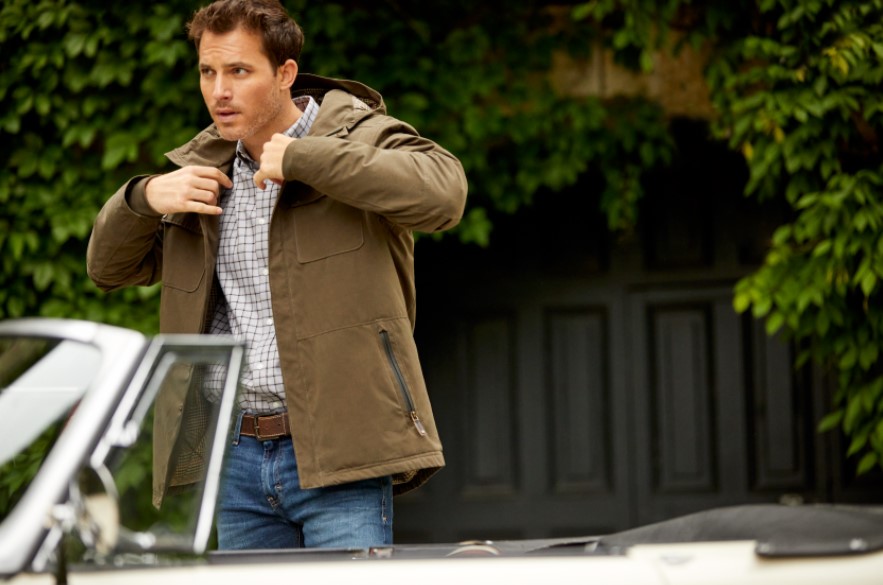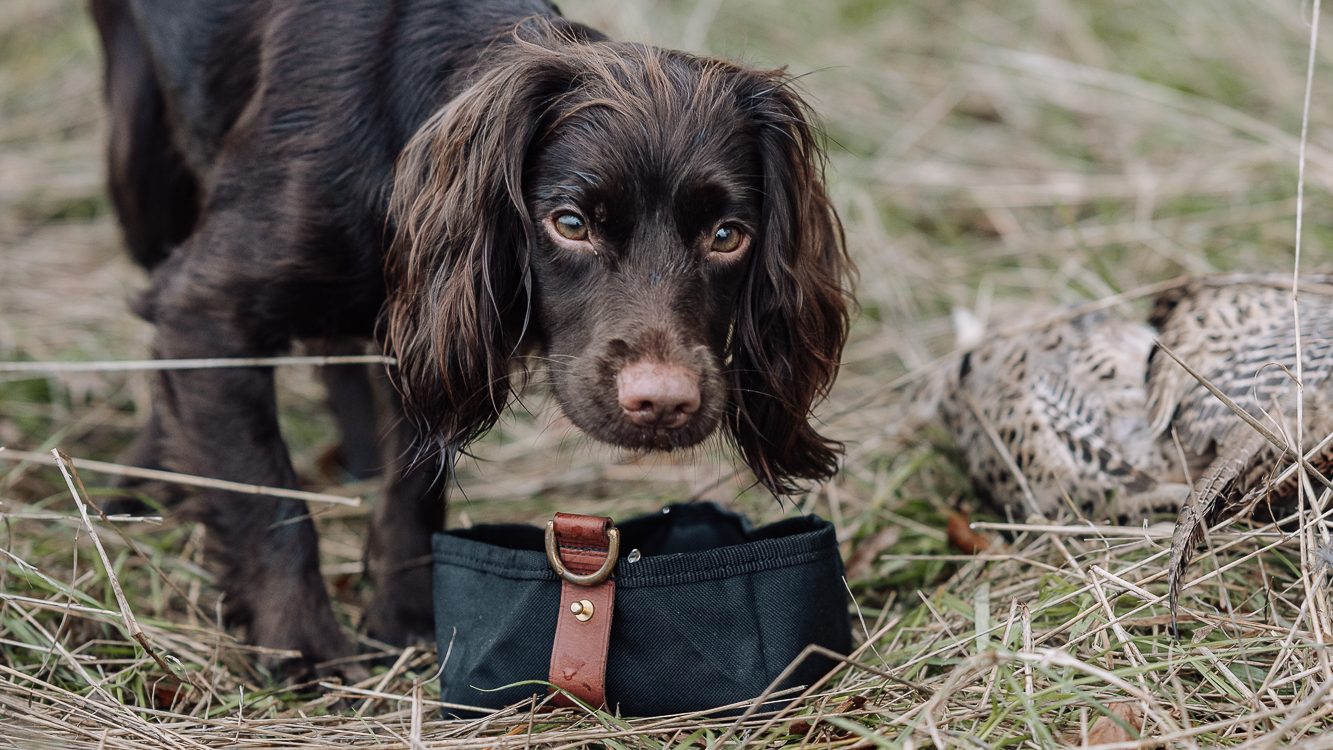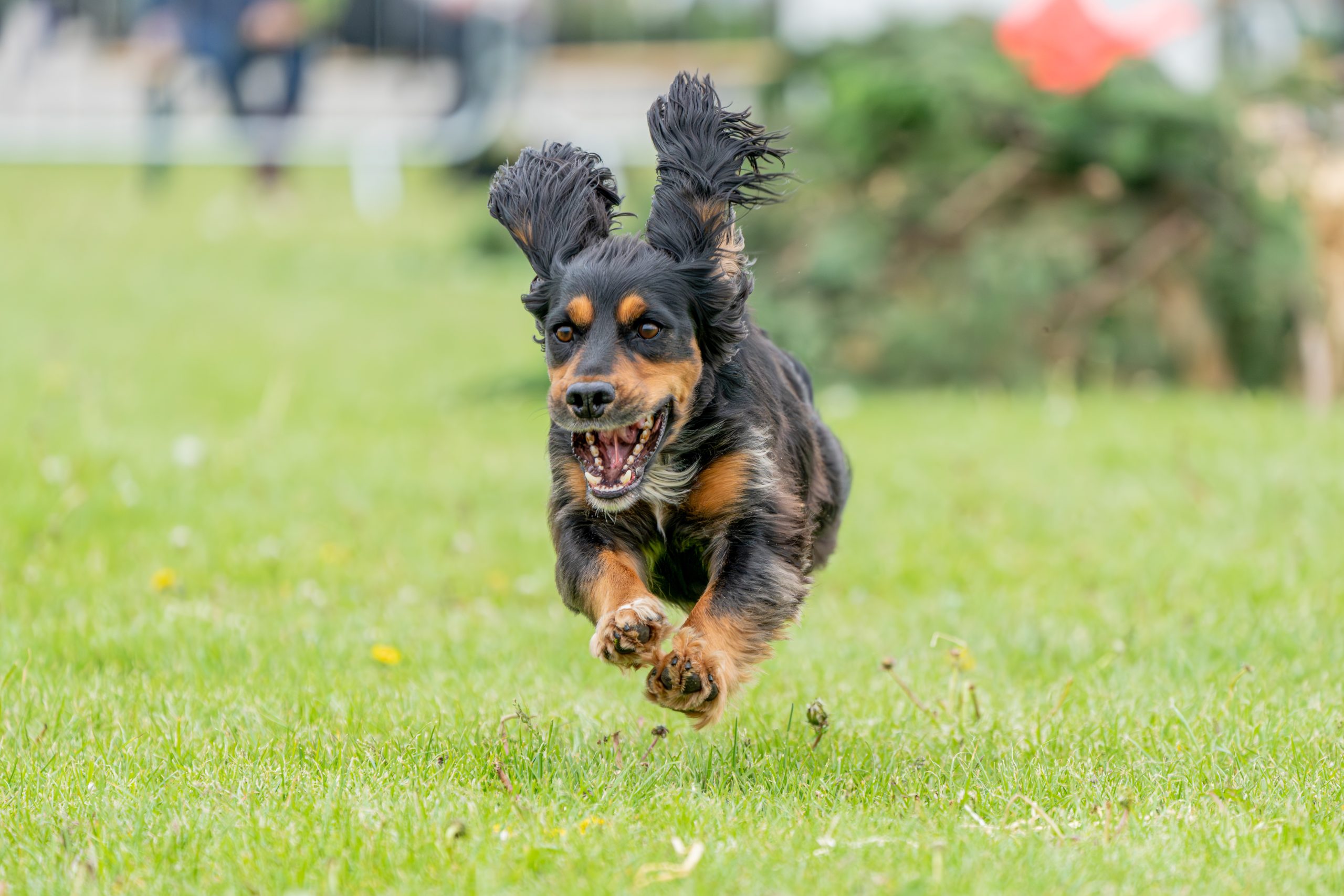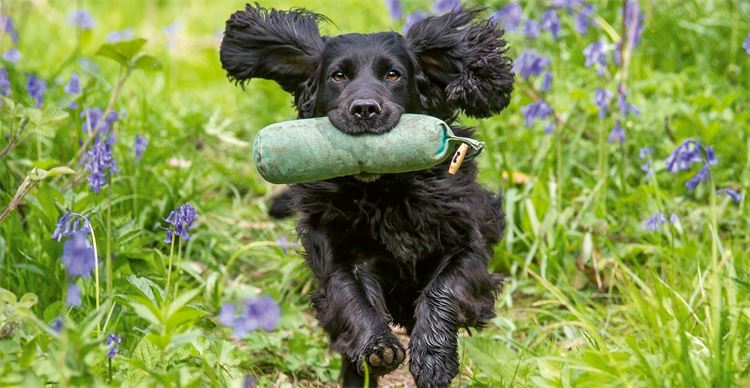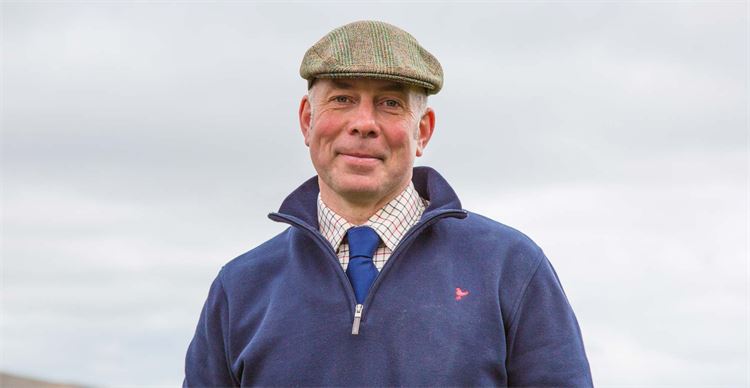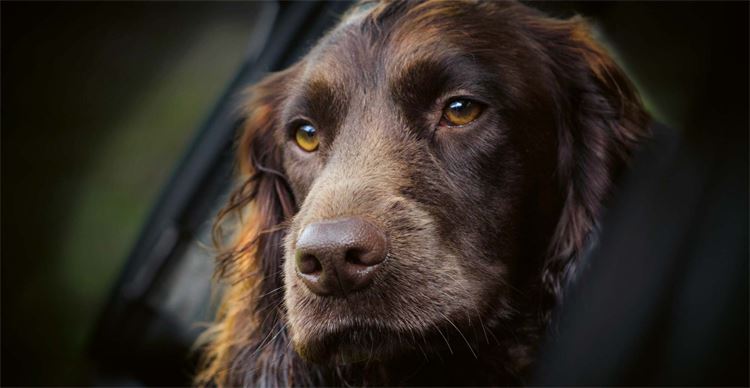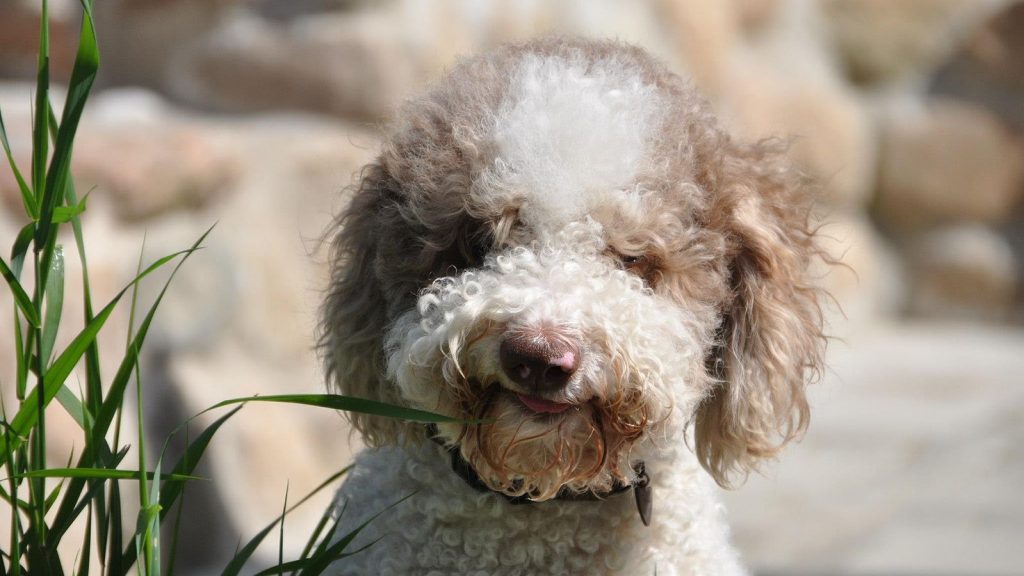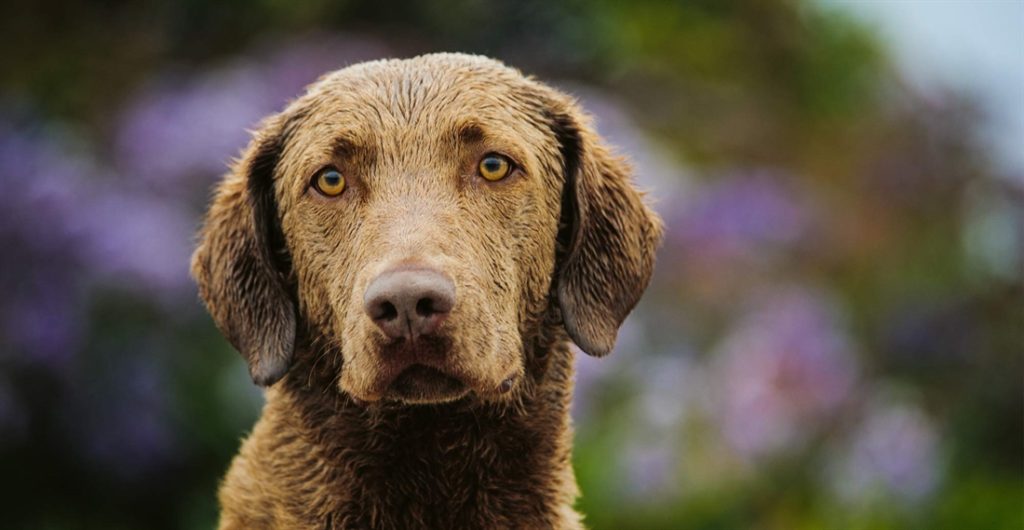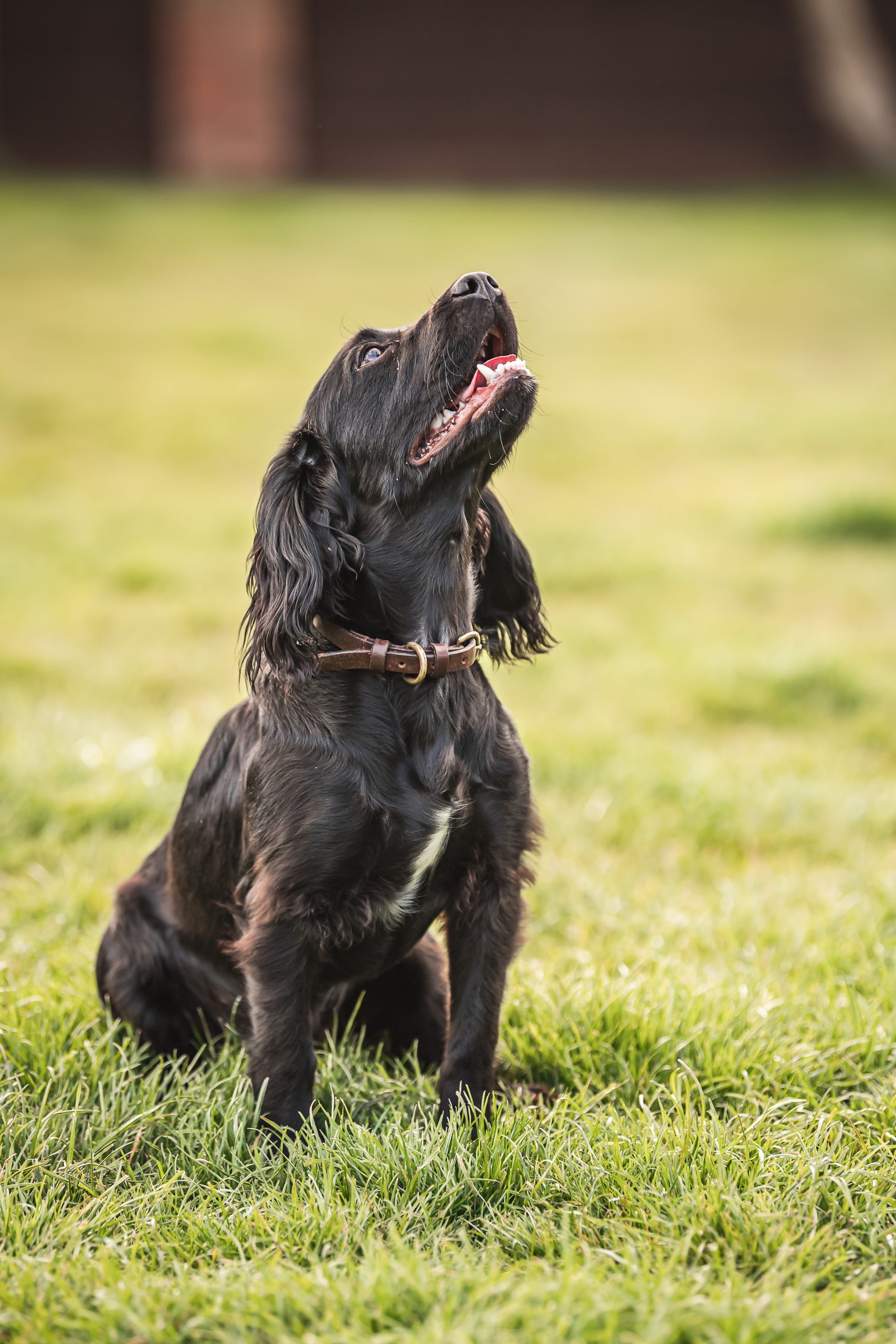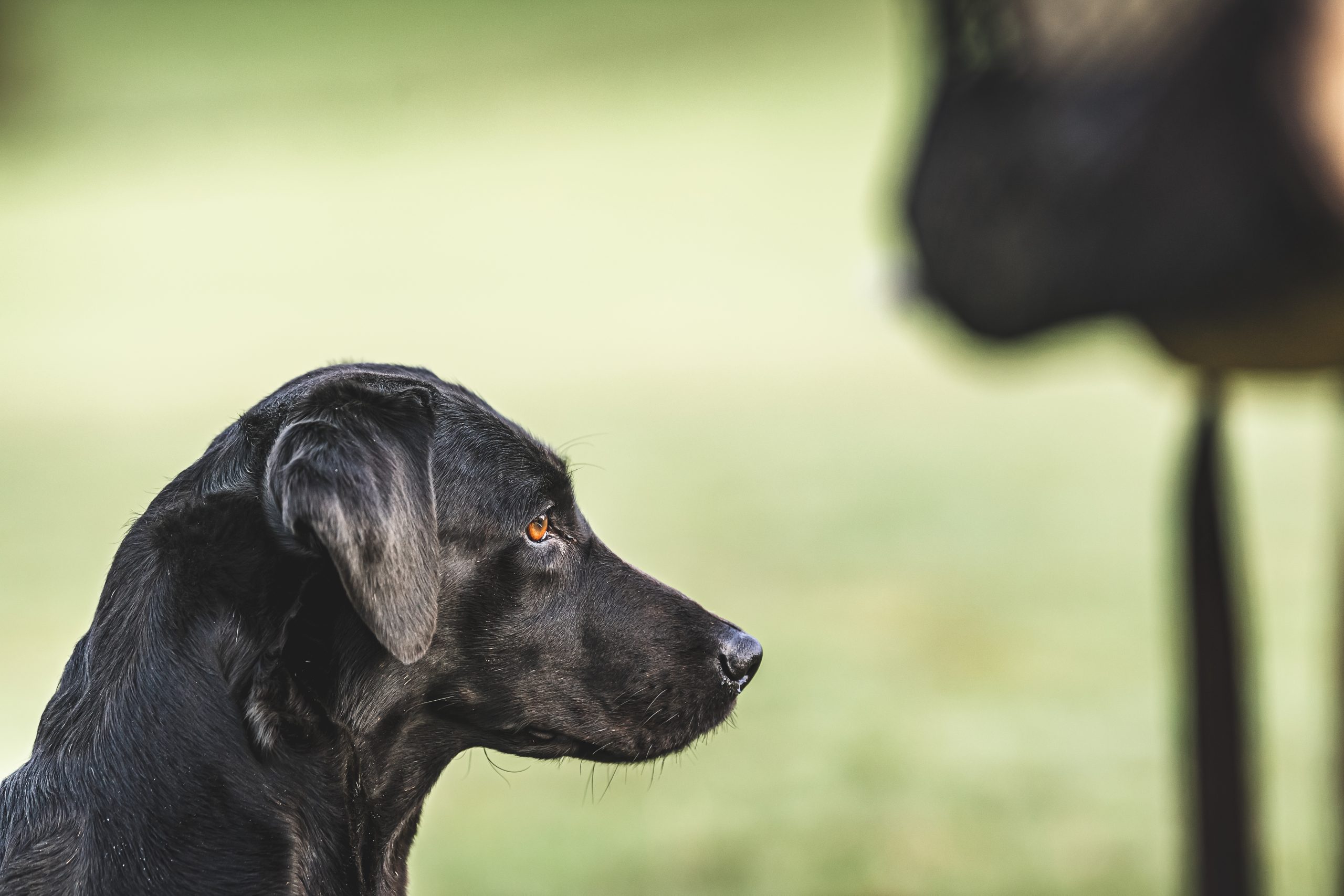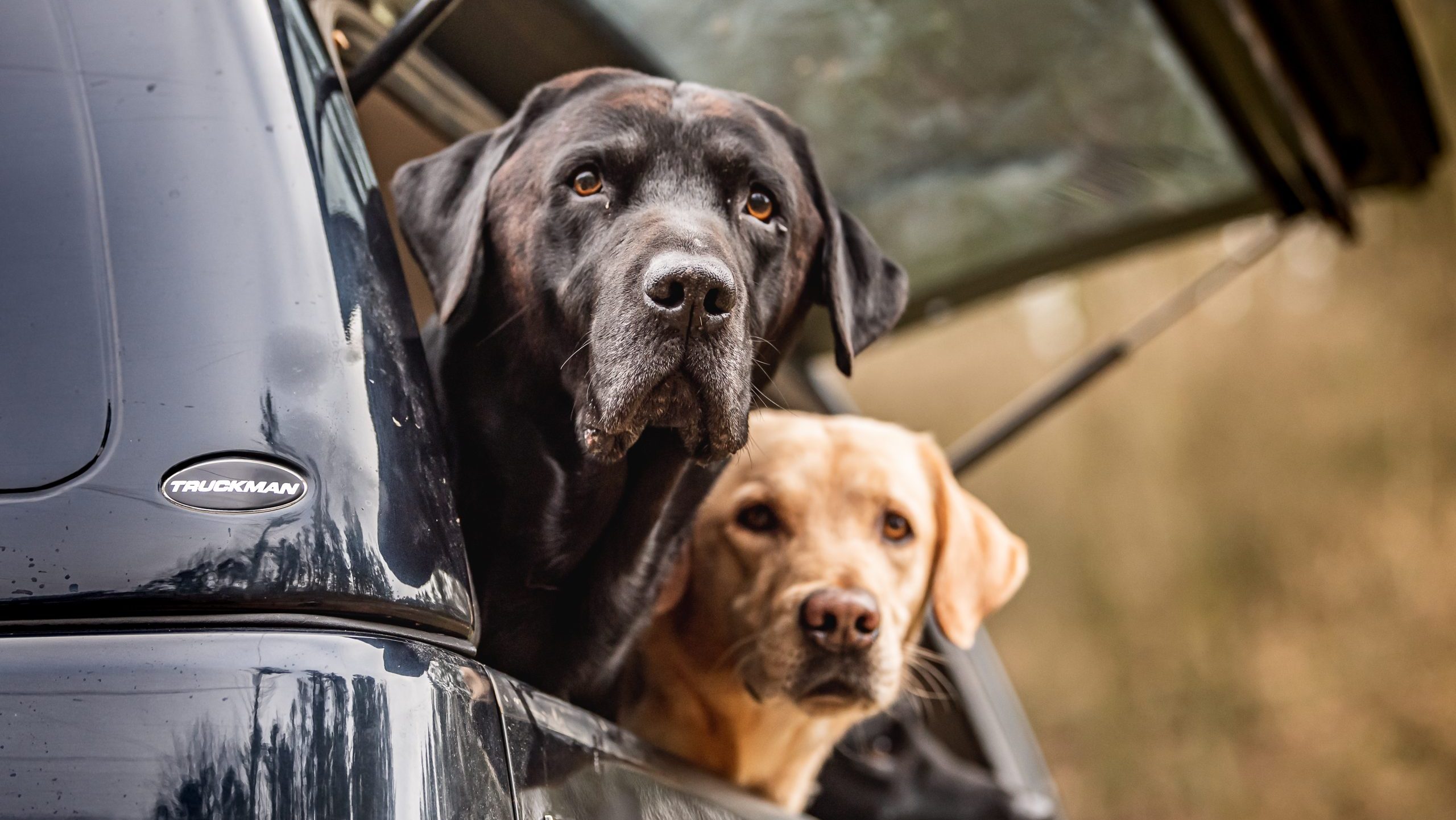Breeds buying guides
Breeds news
A Remarkable Little Hunting Machine
The cocker spaniel has become one of the most popular breeds of recent times. Patrice Fellows takes a closer look at the dynamic little dog.
Would you like to appear on our site? We offer sponsored articles and advertising to put you in front of our readers. Find out more.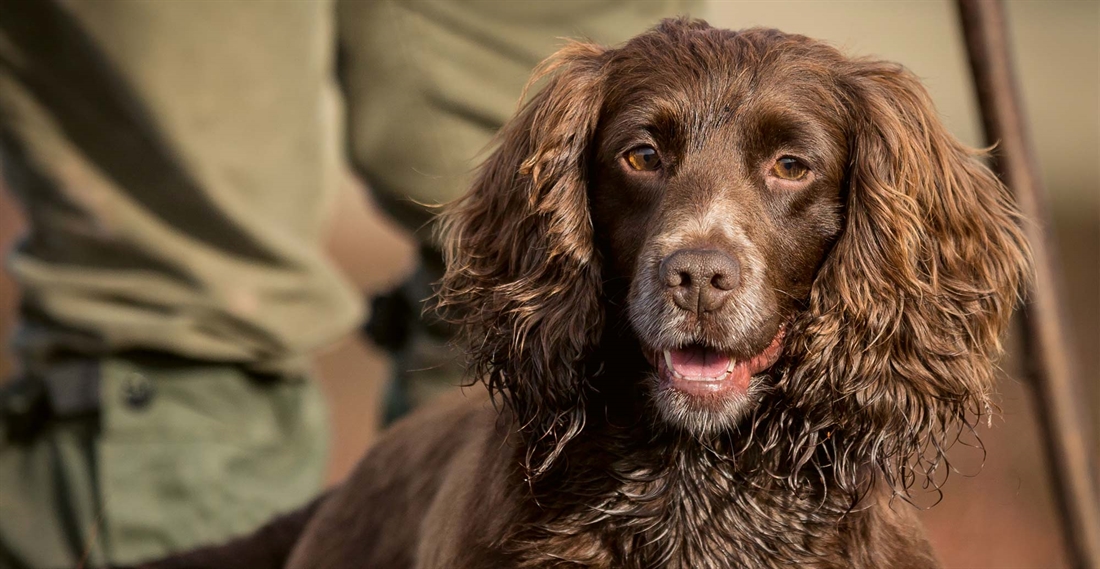
Few breeds elicit such strong emotions as the cocker spaniel. This cheeky and energetic Jack of all trades – the smallest of all British gundogs – has a loyal following both on and off the field. Once owned primarily by rough shooters and professional trainers, working cockers are now in the limelight, with Royal and celebrity owners ranging from the Duke and Duchess of Cambridge to the Beckhams and Lionel Ritchie.
The Queen herself has been an enthusiast for decades and can still be seen picking-up with her working cockers at Sandringham Estate. To date she has hosted the annual Cocker Championship seven times. Her moment of glory came in 1981, when her home-bred Sandringham Mango won the event, handled by Bill Davidson.
Early hunters
The origin of spaniels is not well documented, but they are believed to be one of the oldest types of gundogs, bred to hunt and flush game out of heavy cover. Some historians suggest they were introduced to the British Isles as early as 900BC by Celts moving from Spain during the Roman Empire.
In fact, the name spaniel is derived from an archaic French word meaning ‘Spanish dog’. In the 1400s the second Duke of York wrote in his work The Master of Game that spaniels came from Spain but could be found in many different countries. He described the use of ‘springing’ and ‘setting’ spaniels to flush or point game that was then caught with a net with the aid of a bird of prey.
In 1570 the English physician John Caius further subdivided spaniels into ‘water’ or ‘land’ types, both used in conjunction with hawks or falcons to find game in different terrains.
A distinct identity
Over the course of the 1600s, with the introduction of flintlock guns, the work of spaniels became further specialised. In any one litter of pups, those weighing more than 25lb when fully grown came to be designated as ‘springing’ spaniels, and those weighing less were known as ‘cocking’ spaniels. Being smaller, cocking dogs were used to hunt smaller game like woodcock in dense cover which other dogs couldn’t enter as easily.
Over time cockers developed a distinct identity as a small, energetic and fast-paced all-rounder used to flush and retrieve game. The Kennel Club recorded them as a separate breed in 1873; Champion Obo is considered the father of today’s dogs. Born in 1879, he was the son of a Sussex and field spaniel. Early cocker strains were bred mainly in Wales and Devon, probably because of low dense cover found in these areas.
The great division
In the post-war years, show and working strains became increasingly divided as some people chose to breed larger and heavier dogs purely for looks to sell to pet homes. Sadly, the physical traits of these dogs have rendered them unfit for the work they were intended. Although they may still have some natural ability, full champions are few and far between. As the late Keith Erlandson wrote, “No other gundog breed has divided so markedly into the show and working strains. They are as different as chalk and cheese, but can still be identified as belonging to the same breed.”
After myxomatosis destroyed most of the rabbit population in the 1950s, the popularity of rough shooting with cockers suffered a downturn. This had an impact on the gene pool and quality of working strains. In the 1970s, trainers like Erlandson are credited with bringing back the breed, and it has recovered steadily until today. Once reputed to be ‘devil dogs’ that were headstrong and difficult to train, today’s working cockers are more biddable and trainable, although their natural exuberance can be a challenge for newcomers. They are also known to be sensitive to harsh training and handling, so require patience and perseverance.
Breed characteristics
Erlandson described the working cocker as a ‘remarkable little hunting machine’. They come in a variety of shapes, colours and sizes. Workers tend to measure 14–15″ and weigh under 30lb. Their full eyes are dark and have a gentle and intelligent expression. Their body is compact and muscular, with a medium-length silky coat. They have low-set pendulous ears. One of the breed’s typical traits is its ever-wagging tail, expressing a nature that is gentle and affectionate but full of life and exuberance. Working dogs’ tails are customarily docked to prevent injury while working in cover.
Cockers come in an array of colours and markings, making them one of the most eye-pleasing and differentiated gundogs. Solid colours encompass black, red, golden and liver; there are many combinations of parti-colours and roans as well. They are very strong and have a great deal of stamina for their size. It’s not unusual to see a cocker carrying a strong cock pheasant or hare more than half its size.
Spaniels are a good choice for sportsmen and women who are involved in multiple activities, like a few days of driven shooting, rough shooting, walked-up days, duck and pigeon shooting, picking-up and working the beating line. Even if they are not used to hunt game, they are versatile enough to take on the role of a no-slip retriever on a driven day.
Despite their high energy, cockers are not readily adapted to working as a peg dog and suffer badly from sitting still for hours in cold and wet conditions. There are exceptions, though, and you will occasionally see a cocker sitting calmly next to its owner in the Gun line. For the same reasons they are not an ideal choice for wildfowling.
Health factors
Cockers tend to live for about 11 years, which is average for gundog breeds but slightly lower than other dogs their size. They are generally a healthy breed. Their coat should be groomed often and in the summer their ears and feet should be checked for grass awns.
There are a few genetic diseases that have been identified and are being monitored by the Cocker Spaniel Club and the Kennel Club. One is Progressive Retinol Atrophy (prcd-PRA), a form of night blindness that eventually leads to total blindness (see p26–32). Breeding dogs should have annual eye tests and there is now a DNA test to identify carrier and affected dogs.
Another condition is Familial Nephropathy (FN), a fatal kidney disease which was prevalent in the 1980s until the Cocker Spaniel Club set up a scheme to withdraw carriers from the breeding pool. Today there is a DNA test available and few cases are reported.
Some working line puppies have developed Acral Mutilation Syndrome (AMS), a condition that causes paw lesions leading to self-mutilation, and a DNA test is now available.
Do your homework
Given the incidence of some genetic conditions, it’s a good idea to do your homework if you’ve decided to look fora cocker puppy. Get some advice from field triallers or working owners, and ask to see the pedigrees and paperwork f or tail docking when enquiring about litters. Check the Kennel Club’s Mate Select to find out the coefficient of inbreeding as well. The breed average is 10.3 per cent, and any mating should be no higher and ideally under five per cent to ensure the future health and genetic diversity of the breed.
Ask to see the mum with her pups and see what you can find out about the temperament and working abilities of the sire. Make sure that both parents are registered with the Kennel Club and have had their annual BVA/KC eye test. A pedigree with at least a few field trial lines alongside working lines is a good insurance of sound health, working traits and temperament.
The skill of training
The late Peter Moxon writes “the art of spaniel training is to attain complete control without in any way lessening the
keenness of the dog”, to maintain its drive and style. The ‘hup’ or ‘sit and stay’ command is the cornerstone of all training as the dog learns to be steady to flush, steady to gunshot and deliver tenderly to hand.
Once basic training on dummies, cold and warm game is completed, young spaniels are ready for their first experiences in the field. Author Janet Menzies recommends small rough shooting-style training days on rabbits as a good start. This is a kind of transition where your dog is under more control before entering a shooting field. Hunting rabbits encourages young dogs to develop a tight pattern to follow scent rather than pulling ahead in a straight line after running pheasants or partridges.
For many people picking-up will be the main way to introduce your cocker to the field. On large commercial shoots where there are big bags and dogs are expected to retrieve during the drive, it’s a good idea to ask the keeper if you can work far behind the Gun line. Here you can concentrate on runners and dead birds that have fallen a long way back, and hopefully prevent a youngster from developing bad habits like running in and switching birds.
While there are many spaniels to be found in beating lines at driven shoots it will require careful handling with a youngster. While rough shooting requires a spaniel to work closely in front of his handler and to drop to flush and shot, in a beating line he’ll be driving game towards waiting Guns that may be out of sight, without the opportunity to drop. On partridge and pheasant days you’ll have to work your dog closely to prevent him from running ahead.
Tests and trials
If you’d like to try competitions, join some local breed and gundog clubs. During the spring and summer there are working tests on weekends which are breed specific or for all spaniels. These are a simulation of field trials using canvas dummies for retrieves and usually feral or homing pigeons for hunting up cover.
Two dogs and handlers are asked by the judge to hunt up a ‘beat’ or piece of ground in pairs. Each dog is required to flush a pigeon and is then expected to sit to flush while a starting pistol is fired, after which he is sent back for unseen or marked retrieves. Each dog is scored based on his hunting and retrieving abilities, and tests are divided into puppy, novice and open classes. Tests are a good way to check your progress in training, even if you’re just aiming for a top rate shooting companion.
Field trials are a more serious commitment requiring the highest standards. If your dog has any eliminating faults – like hard mouth, running in or whining – it’s best not to enter as they invariably show up under pressure. A good idea to find out if you and your dog are ready is to go along to spectate or help out.
Trials are held like a rough shooting day in a ‘walked-up’ line. There are two judges at either end and usually 6–8 Guns in between, walking through cover. When you are called up by one of the judges, your dog is given a beat to hunt up for rabbits or game birds along with another dog. Once he flushes he must drop while the game is shot, after which either you or the other handler will be asked to retrieve with a minimum of handling or whistle. If you remain in the trial you’ll be called up a second time to hunt and retrieve under the other judge, and at the end of the day you might be called up again for a run-off to decide placings.
Should you get a cocker?
Whether you choose a cocker or another spaniel or gundog breed is a personal choice. First of all, the dog must personally appeal to you. A lot of people are enraptured by the high spirits, charisma and boundless energy of the working cocker; they are also affectionate pets that can be enjoyed by the whole family. On the downside, they’re not ideal for wildfowling or work as peg dogs. Their exuberance can be a handful for novice handlers, who will need plenty of patience and persistence, as well as good advice about training. They are sensitive and do not react well to harsh methods.
Still holding its own
As imports and crosses push more British breeds into the ‘endangered’ zone, the cheerful and exuberant cocker still holds its own. It remains the third most popular breed in the UK, with almost 24,000 puppy registrations recorded in 2018. This was twice as many springer registrations, although numbers may be misleading as many cockers are show-bred. But as more people opt for working strains, they’re quickly becoming as popular as labs and springers in the shooting field.
Advice from the expert
David Lisett has run Buccleuch Gundogs from the magnificent Drumlanrig Castle in Dumfries & Galloway since 2004. He entered his first field trial in 1998 and has multiple wins in both the Irish and British Spaniel Championships, as well as making up field trial champions in Buccleuch labradors and cocker spaniels. I asked him a few questions about cocker spaniels and their training:
What, in your opinion, are the pros and cons of working cockers as opposed to other spaniels?
I think cockers can do everything that another spaniel can. The only one thing I would say is that in my experience cockers generally take lines on rabbits and running birds a bit better than other spaniels, but I have seen some fantastic lines taken by springers. Cockers might just take a bit longer in the handling training compared with others, but this is down to the dog’s temperament and the handler’s experience.
What is the best way to go about looking for a puppy? Do field trial lines matter for people who are not interested in competing?
I think when looking for a puppy the bloodlines and the mother and father are very important. The important factors are: temperament, natural ability, stamina and athleticism, and these have to be key in mum and dad. The good thing about field trials is you have independent people judging your dog rather than hearsay.
Do you have any advice for a novice owner?
When I first started I received advice and help from lots of different people and tapped into their experiences with dogs. The more information and training tips you can get, the better and the easier you will find training your dog. I would also say that if you hit any problems, get advice as soon as you can rather than risk your dog forming a bad habit.
The cocker spaniel
Group
Spaniel
Physical traits
Small, compact and muscular body, full dark eyes with gentle expression, medium-length silky coat, pendulous ears, docked ever-wagging tail.
Character
Loyal, cheerful and affectionate. Active, determined, alert, energetic, strong with great stamina. With early socialisation they are friendly with people, children, other dogs and pets. Exuberance may be challenging for novice owners. Does not respond well to harsh training or handling.
Daily care
Requires a minimum of one hour daily exercise plus mental stimulation. Coat requires frequent grooming. Basic obedience and gundog training recommended.
Health
Healthy breed with average lifespan of 11 years. Monitored conditions include prcd-PRA, FN and AMS. DNA tests available. Parents should be eye tested under BVA/KC eye scheme.
At work
Small dog ideally suited to hunting, flushing and retrieving game in dense cover. Adaptable all-rounder suited to rough shooting, organised walked-up and driven days, picking-up, beating line. Not generally recommended for wildfowling or work as peg dogs.
Resources:
Websites:
www.thecockerspanielclub.co.uk
www.thekennelclub.org.uk
Books:
Gundog Training (Keith Erlandson)
Training Spaniels (Joe Irving)
Training the Working Spaniel (Janet Menzies)
Complete Training for the Working Spaniel (Graham Gibson)
Related articles
Breeds news
King’s new dog sends demand soaring
King Charles has welcomed a puppy to the royal household for the first time in over two decades.
By Time Well Spent
Breeds news
Minority Report
The creation of the new Working Minority Retriever Club provides due recognition and opportunity for disciples of the rarer breeds, as Oscar Will Tarbox reports.
By Time Well Spent
Get the latest news delivered direct to your door
Subscribe to Gundog Journal
Unlock the full potential of your working dog with a subscription to Gundog Journal, the UK’s only dedicated magazine for gundog enthusiasts. Published bi-monthly, this authoritative resource delivers expert training advice, in-depth interviews with top trainers and veterinary guidance to help you nurture a stronger bond with your dog.
With stunning photography and thought-provoking content, Gundog Journal is your essential guide to understanding, training and celebrating your working dog.
Save 10% on shop price when you subscribe, with a choice of packages that work for you. Choose from Print & Digital or Digital only with each journal delivered directly to your door or via the app every other month, plus access to past issues with the digital back issue library.


Manage Consent
To provide the best experiences, we use technologies like cookies to store and/or access device information. Consenting to these technologies will allow us to process data such as browsing behavior or unique IDs on this site. Not consenting or withdrawing consent, may adversely affect certain features and functions.
Functional Always active
The technical storage or access is strictly necessary for the legitimate purpose of enabling the use of a specific service explicitly requested by the subscriber or user, or for the sole purpose of carrying out the transmission of a communication over an electronic communications network.
Preferences
The technical storage or access is necessary for the legitimate purpose of storing preferences that are not requested by the subscriber or user.
Statistics
The technical storage or access that is used exclusively for statistical purposes.
The technical storage or access that is used exclusively for anonymous statistical purposes. Without a subpoena, voluntary compliance on the part of your Internet Service Provider, or additional records from a third party, information stored or retrieved for this purpose alone cannot usually be used to identify you.
Marketing
The technical storage or access is required to create user profiles to send advertising, or to track the user on a website or across several websites for similar marketing purposes.

